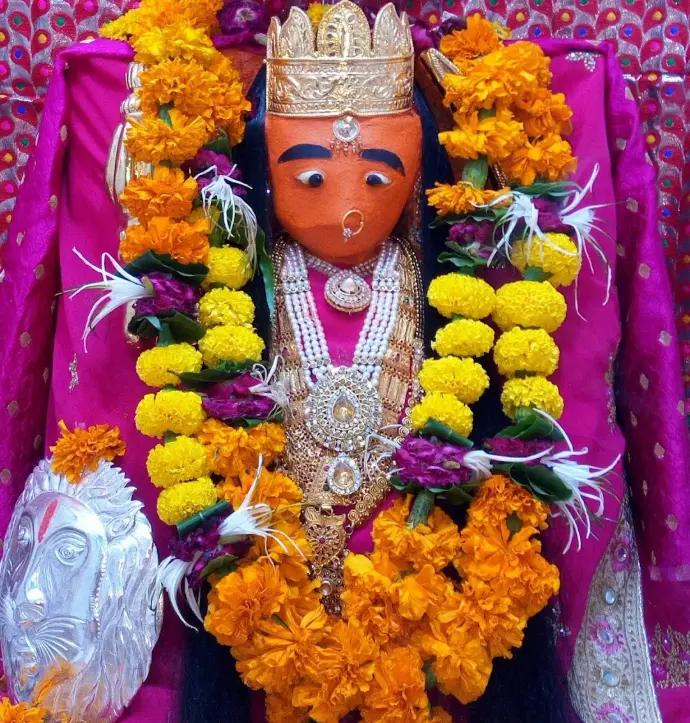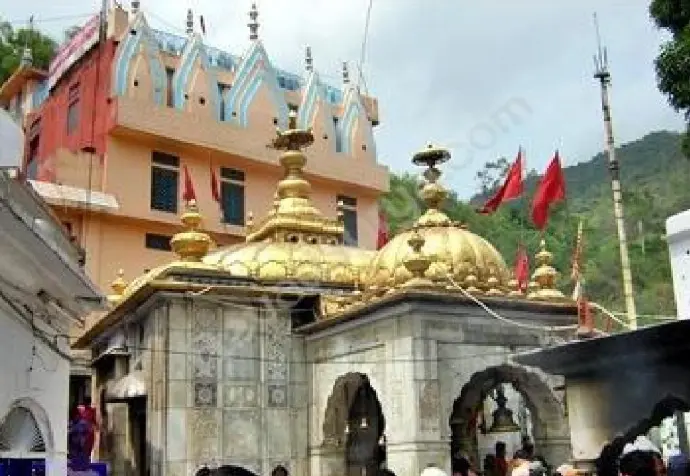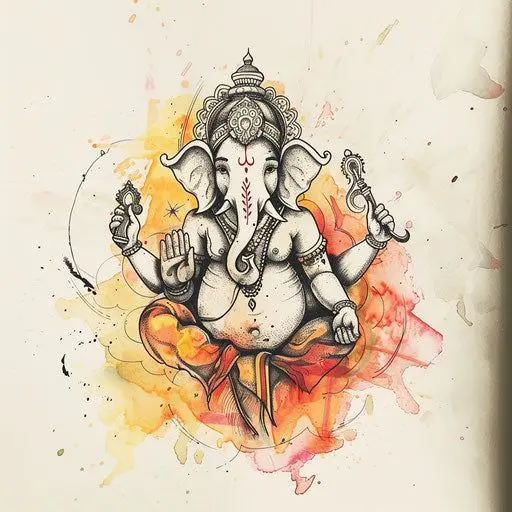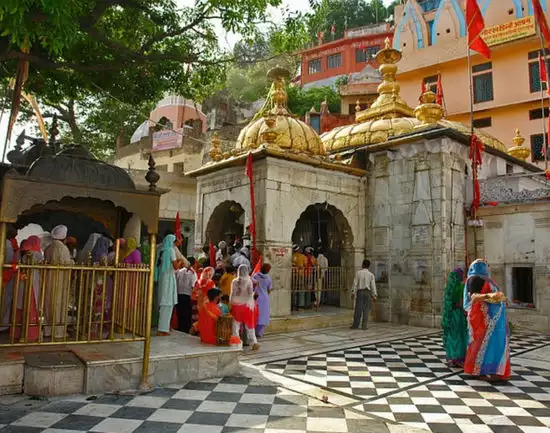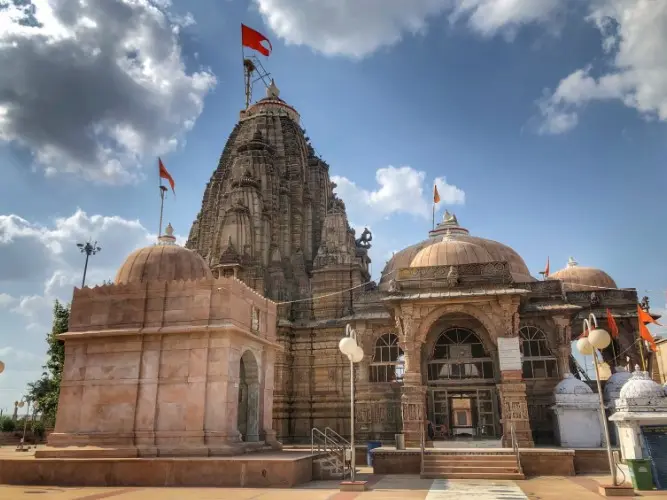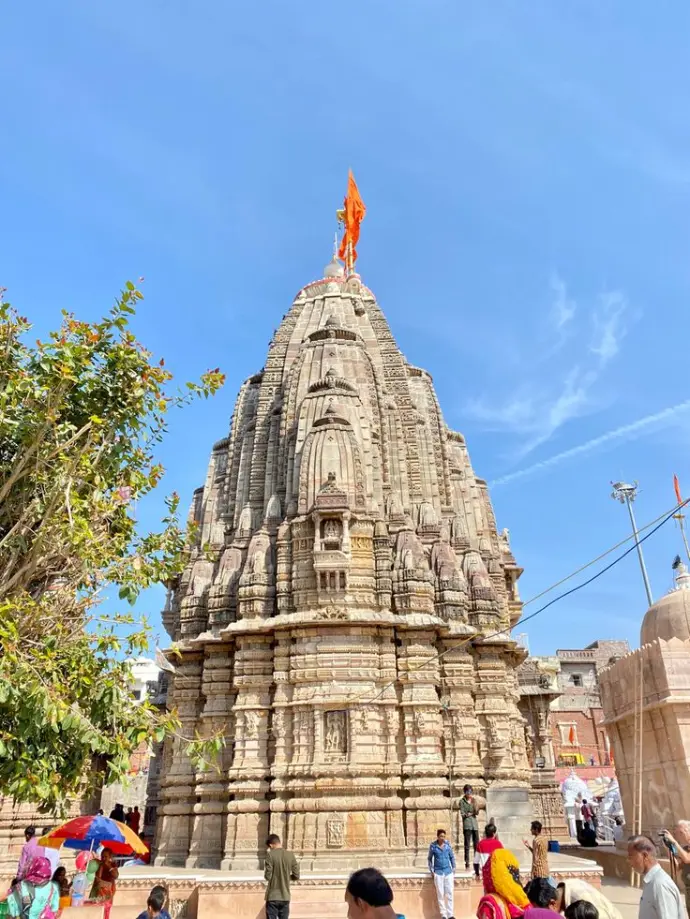History
History of Nagars
(source by: https://www.shrivadnagaranagar.org/history-of-mandal.asp)
On examining the history and old volumes about the origin and evolution of Nagars, many opinions and stories come across us. Each of them has some sense and logic. However, just as all roads lead to Rome, all these opinions center around one basic thing - " Skanda Purana " - the oldest religious volume available, which narrates the origin and evolution of the Nagar community. All other opinions are more or less-some views, which have very little base and support.
There is a detailed and an independent "Naga-Khand" in "Skanda-Purana" - which vividly narrates the evolution of Nagar community
There was a Brahmin named " Kratha" - who was the son of Devrat. He became prodigy, and out of the way as he grew older. Once while moving in a forest nearby, he went to " Nag-Tirth", the town where NAGA (Serpents) lived together. At the same time, Rudramal, the prince of Naga king had come for a stroll in the town with his mother. It so happened that " Kratha" came into confrontation with Rudramal, and killed him - believing that he was an ordinary Nag boy. Rudramal ailing miserably, uttered, " why are you killing me though I am innocent? " Krath was astonished at hearing these words, which normally a human being speaks, was afraid of him and ran away. The mother of " Rudramal" fainted at this sight and cried while she came in senses. She went to her husband soon and narrated the whole sad incident. The whole Nag community gathered there and cremated the body of Rudramal amongst deep grief. His father took a bid that unless he destroys the whole family of the murderer he shall not pay last homage to his departed son. He ordered his whole community members to find out the culprit and instructed to go to Shri Hatkeshwar tirth and to kill all the family members of Krath. Thus, all the Nag citizens went toChamatkarpur , invaded the houses of the Krath family and relatives and spread terror there. To save themselves from all these terror, all Brahmin families flew away to the forests. The Nag king then paid his last homage to his departed son.
How long can Brahmin stay in forests? They all surrendered to a Brahmin called Trijat - who was a big saint and narrated the whole story. Trijat had the blessings of Lord Shiva. Upon seeing all the Brahmins in such miserable condition, Trijat worshipped and prayed Lord Shiva to control the Nag community and to make Brahmins fearless and peaceful. Lord Shiva was pleased and heard Trijat withpatience but told that He could not destroy the Nag community. However, He can nullify the poison contained in them. For this, Lord Shiva gave one hymn (Mantra). When these Brahmin - "NA-GAR" - (No Poison) and directed them to enter the city reciting the hymn. When these people entered back into their respective places, they were pretty old - " Vriddh ". Hence, the city was then known as " Vriddhnagar " - which later on changed to "Vadnagar". Thus, this city became peaceful and Brahmins of G4 sects (Gotra) steadily stayed there. (It may be remembered that Nagars are of G4 sects - Gotra origins).
Source of contents: https://www.shrivadnagaranagar.org/history-of-mandal.asp

